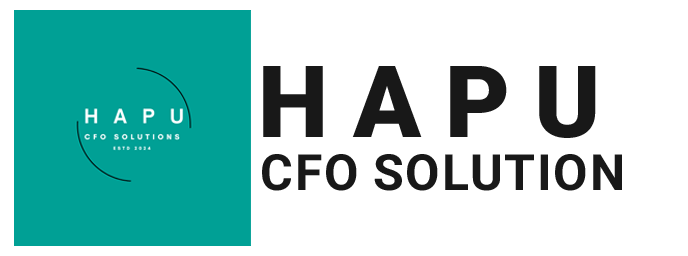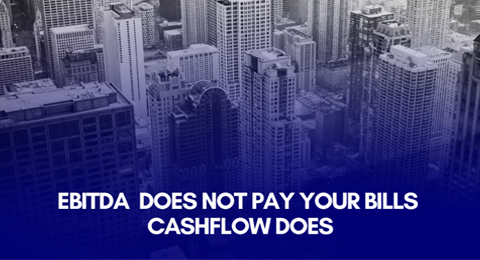When evaluating a company’s financial health, Free Cash Flow (FCF) and EBITDA are two critical metrics, each providing unique insights into performance.
Free Cash Flow (FCF)
FCF measures the cash available to investors after covering operating expenses and capital investments.
Advantages:
1. Provides a comprehensive evaluation of financial health.
2. Accounts for both shareholders and debt holders.
3. Unaffected by changes in capital structure, making it reliable for
assessing efficiency.
Disadvantages
1. Complex calculations.
2. Sensitive to reinvestment needs.
3. Accounting variations may impact results.
EBITDA (Earnings Before Interest, Taxes, Depreciation, and Amortization)
𝗘𝗕𝗜𝗧𝗗𝗔 highlights a company’s operating performance, excluding the impact of financing and accounting decisions.
𝗔𝗱𝘃𝗮𝗻𝘁𝗮𝗴𝗲𝘀:
1. Easy to calculate and compare across companies.
2. Useful for evaluating operational performance and growth potential.
3. Allows for cross-industry comparison despite differing accounting methods.
𝗗𝗶𝘀𝗮𝗱𝘃𝗮𝗻𝘁𝗮𝗴𝗲𝘀:
1. Can overstate profitability by ignoring debt and taxes.
2. Doesn’t account for working capital changes.
3. Lacks standardization since it’s a non-GAAP metric.



